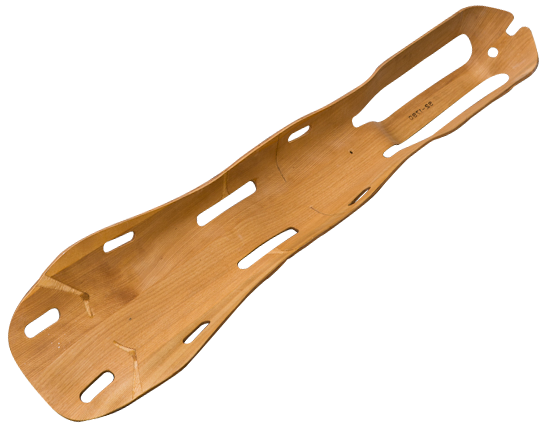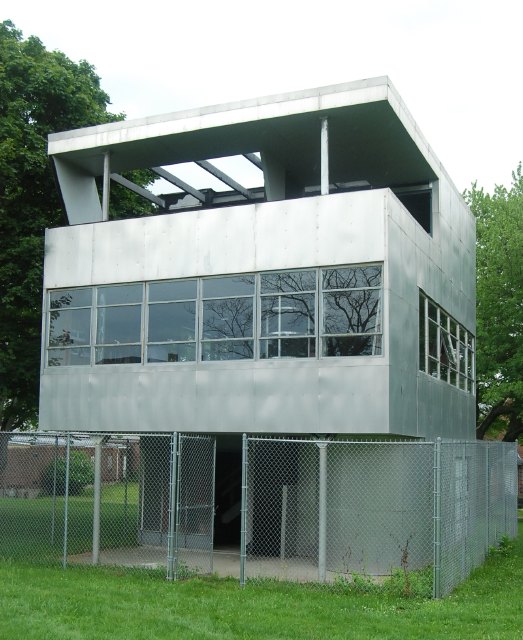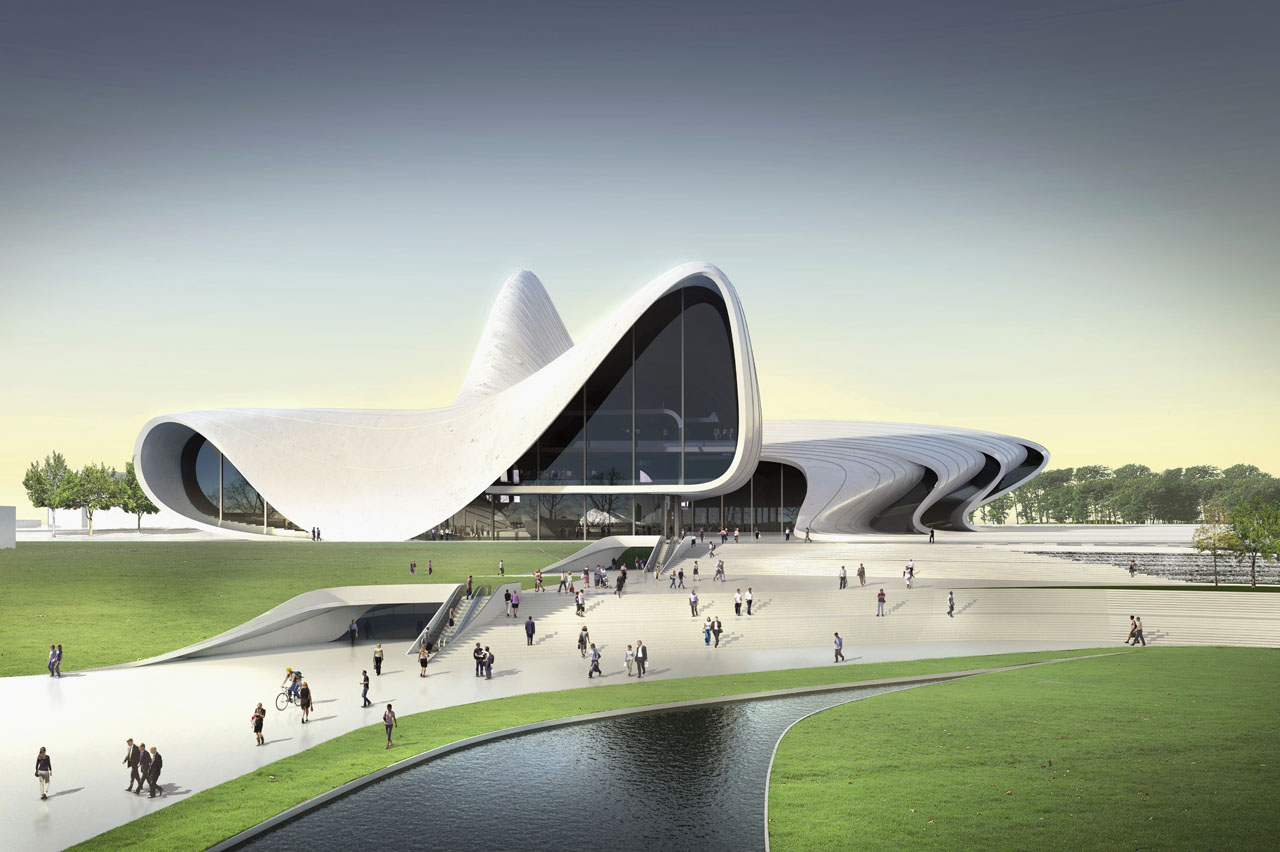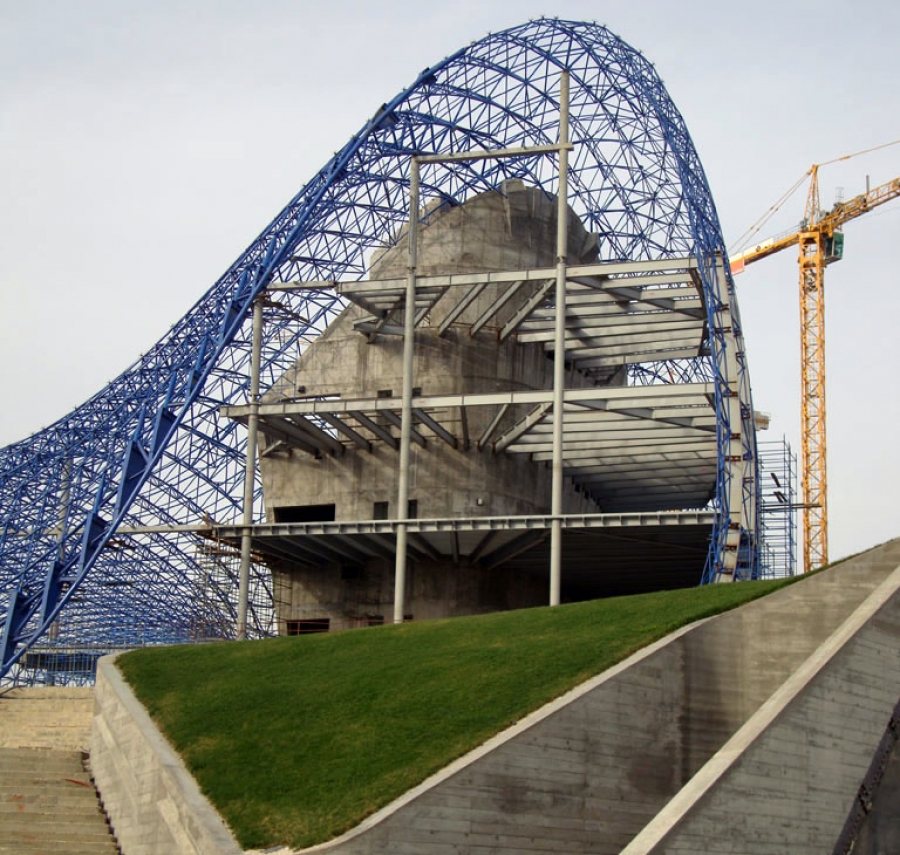Industrial revolution
Nowadays we take every product that we use in everyday life
for granted as we are used to a mass production world. Before the industrial revolution nobody all over the world
ever imagined of mass produced products that can be found a lot cheaper from
every shop in town.
Before the industrial revolution there were no machines or
tools for mass production, the products that were available in the time were
manufactured in small quantities at people’s home with basic tools that used
the manufactured by the craftsmen themselves. The basic manufacturing of
products inside population homes shifted to a mass production of product in
large factory inside developing cities in late 18th century.
Some of the major changes that the industrial revolution
changes in the world that still effects the world today are the mass production
of products, larger machinery, wide range of products, specially built
machinery , drastic changes in fuel that still effect use today in everyday
life. Some other areas which are still improving today because of the
industrial revolution are systems of communication and banking.
The industrial revolution had its downside as well as with
the increase of production and rise in wealth in the middle class, the working
class were suffering from difficult working conditions and hard labor and they
were suffering from poor living which also let to overpopulation in some areas
which led to even different diseases.
 |
| Poor working and living conditions and child labor were part of the downside of the industrial revolution. |
Industrial revolution in Britain.
Britain is the birthplace of the industrial revolution
alters followed by America. One of the main reasons that the industrial
revolution materialized in Britain is the rich deposit of coal and iron core which
was essential for the industrialization.
Coal in Britain was very easy to find as it was settled in
the surface of Britain coast so it was not a problem to mine for this material.
Coal mining was the first mining for the earth’s raw mineral material which
later was developed for other materials such the drilling for crude oil and gas
that we still use today for fuel and other products.
_crop.jpg) |
| First coal miners |
Before the introduction of coal, timber was the main fuel
resource used in Britain. As the population in Britain grew, the demand for
timber increased and as it had to be transported further the price of timber was
becoming too expensive.
From 1700, Birmingham went from small metal working towns of
700 people to a 9 times larger city that made it the 3rd largest
city in Britain during the time. This is one clear example of what how the industrial
revolution was changing to small rural areas.
 |
| Early Birmingham before the Industrial revolution |
By this progress, the population started to realize that by
manufacturing products created more wealth which raised the standard of living
for some and the raise in middle class. By the end of the 18th century,
Britain was exporting manufactured goods worth around 2.5 billion pounds across
the wold.
For the first time, with more money in people’s pockets,
there were more people that were willing to spend money on other products which
can make their life more luxurious. This provided entrepreneurs from all over
the country to make more money by selling them different goods. By trading with
other countries that was possible by the British Empire, new products were
emerging on the market.
One example which is still very popular and is a part of our
lifestyle today is tea. By trading, Tea came from china with sugar coming from West
Indies.
As more products were emerging in the market, shops were
opening especial in central London. These companies needed to market their
product to increase sales by advertising which started by the help of Thomas Bentley.
This was the start of the modern marketing and advertising campaigns which
invade our life nowadays.
With the increase of wealth, banks started to operate like
we know them today with the introduction of stocks and investments in newly
founded companies.
Transport was also making a step ahead as goods had to be transported
from a place to another, roads were built by private investors and a charge fee
was introduced for the user. This is a practice that is still being used today
especially in highways were private investors invest by building the road and
then charge a fee that adds up to a considerable amount of profit over the
time.
 |
| Transportation systems being set up during the industrial revolution for better transportation of goods. |
Reference

























_crop.jpg)

